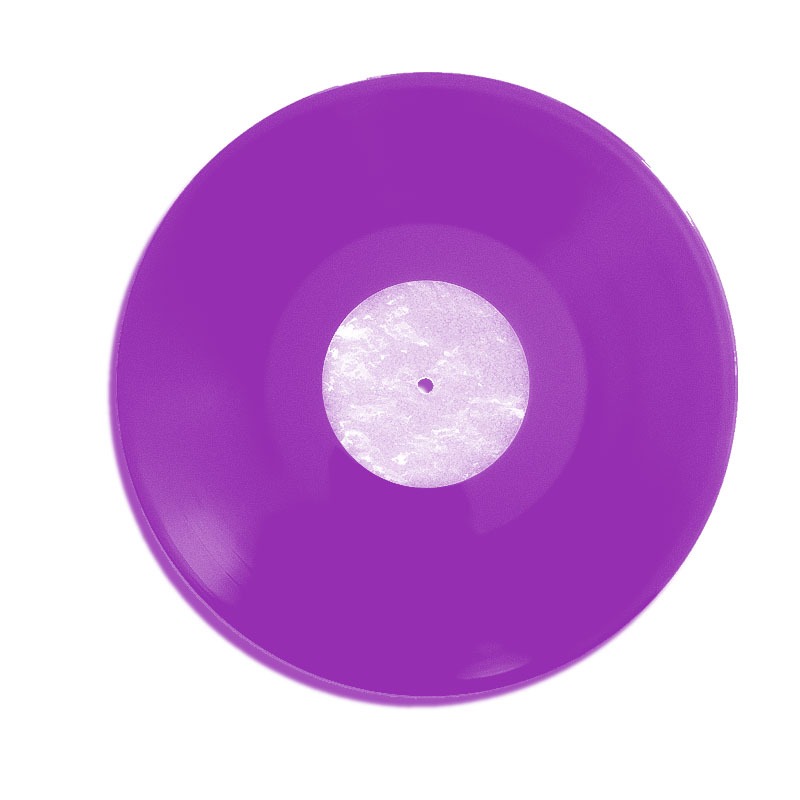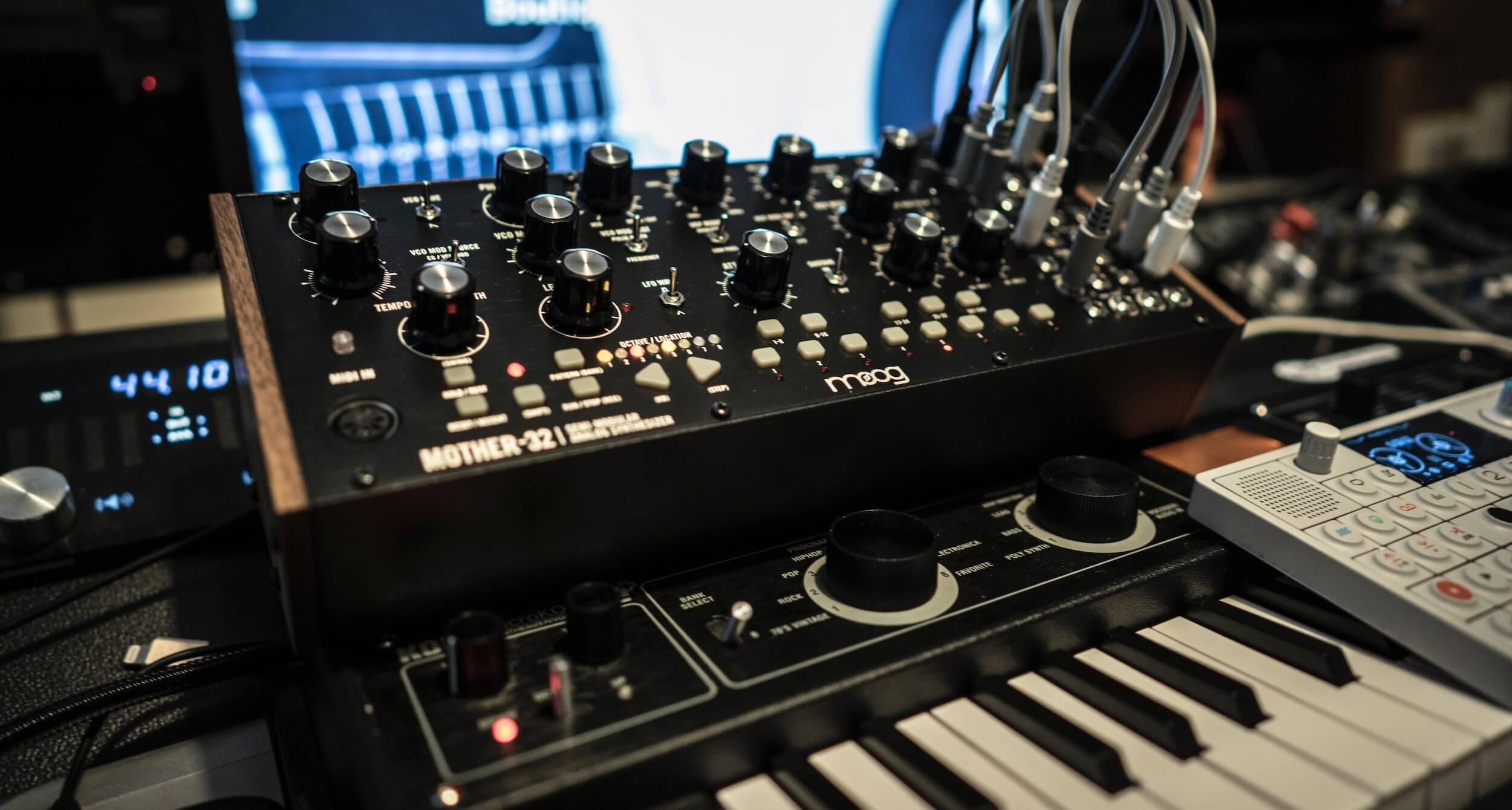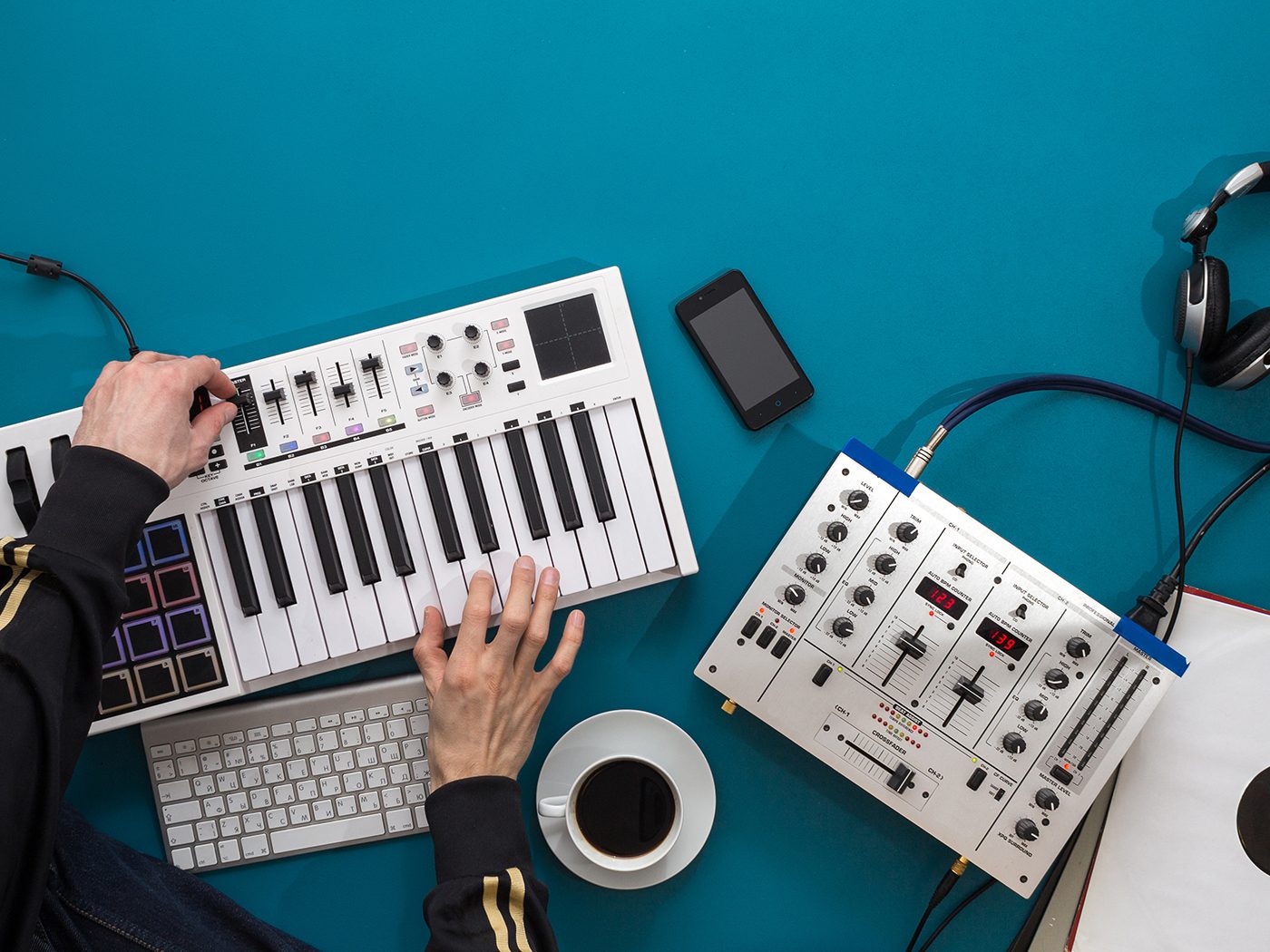Continue to discover the best way to design subtractive synthesis sound… Continue reading →
sampling music
Subtractive synthesis sounds like an abstract scientific concept.
However in case you’ve ever used a synthesizer in your music production workflow, chances are you’ve already used it.
That’s as a result of subtractive is the commonest synthesis type. It comes from analog synths, but it surely’s utilized in tons of synth VSTs and digital synths too.
Understanding how to design subtractive synthesis sound is difficult if you’re just getting began, but it surely doesn’t need to be intimidating.
In this article I’ll clarify everything you need to know to grasp your subtractive synths and create your good patch. Continue reading →
Continue reading part 2 of “Making music with samples: a complete guide” to explore the way to use samples in your tracks.
How to use samples in your track
Having access to a library of royalty-free samples opens up creative opportunities to experiment with interesting textures and flavors.
An instrumental track might benefit from a chopped and screwedvocal take.
In case your drum track sounds thin, sample replacement may help to fatten up your drum loop.
Discovering that perfect kick sample can make your tracks thump.
Sometimes a track needs an ambient SFX sample floating in the background to add a layer of depth.
Listen to your arrangement and try to hear what the track is missing. Be artistic!
And to get away from sounding like everyone else listen to what your track needs and blend the samples in properly.
Follow the key signature
Always try to match the key of the sample to the key of the track you are working on.
To make it easy sample libraries often tag the key in the name of the sample and there are key finding tools that may help too.
Having a little bit of ear training practice under your belt may help you know the way totranspose the sample.
Pay attention to the mix
You’ve found the sample that your track wants and you’re comfortable with how it fits into the arrangement.
Now it’s time to fit the sample nicely into your mix.
Make sure your samples are prepared properly to make your mix process easier.
In case you’re stuck there are a few sample processing techniques that may help if something in your mix isn’t working.
The way to sample in your DAW
Now that you’ve found a sample and you’re 100% sure you have the right to legally use it, it’s time to get into your DAW.
You may be wondering about the way to create a sample in your DAW.
Sampling workflows are generally the same between DAWs.
Often it’s as easy as dragging and dropping the snippet of audio into your track timeline.
With a little bit of cutting and chopping you can make your sample work on your track.
Most DAWs come stock with a sampling tool. However, in case you don’t like the one your DAW came with there are many nice sampler VST plugins that you can try.
The most difficult part is ensuring the key and tempo of your sample matches your track and fits nicely. It takes time and practice to get good at this.
To get you started here are many recommendations on getting started sampling in some popular DAWs.

How to Sample in Ableton
Ableton’s entire workflow is based on sampling. Any audio clip you use in Ableton can be treated as a sample with its Warp feature.
Ableton allows you to adjust the timing of a track with warp markers that you can slice a track up by clicking into it.
Once your warp markers are set, all you have to do is right-click on the track you tagged and slice the track into a new MIDI track.
You may also use Ableton’s dedicated sampler plugins to do your sampling.
Simpler is Live’s most straightforward sampling tool. It only loads a single sample at a time, but don’t let that fool you. It’s a super creative tool for you to slice and playback samples.
Sampler is Ableton’s full-featured sampler plugin. Sampler is suitable for everything from basic sampling tasks to realistically simulating acoustic instruments
However you prefer to work, Ableton Live has powerful workflows to integrate samples.
With modern sampler plugins, DAW software, and impressive libraries of samples such as from LANDR it’s easier than ever to use samples in your tracks.
However, where do you begin?
Knowing where to find samples and the way to use them without legal issues is intimidating.
In this guide, you’ll learn where to find the perfect samples, the way to use them to make tracks, and how to avoid some common mistakes when using samples.
- What can I sample legally?
- Where to find your samples
- How to use samples in your track
- The way to sample in your DAW
What is sampling?
Sampling is a music production technique where artists take a piece of existing audio and repurpose it into a brand new creation. Artists will use a hardware sampler such as an Akai MPC, a sampler plugin or their DAW to create a sample. These track snippets are usually looped and modified, sometimes beyond recognition.
Sampling originated in the 80s and 90s hip-hop and dance music. However today it’s used in everything from rap, R&B, rock, country, and even modern classical music.
And although some critics have questioned the legitimacy of sampling–the Grammys only recently allowed songs with samples to be eligible for song of the year– so many producers use the method it would be challenging to discover a genre of music that doesn’t use it.
Whether you’re paying homage to the legends of the past or you want to create something unrecognizable and new, sampling is a technique you need in your toolbox.





